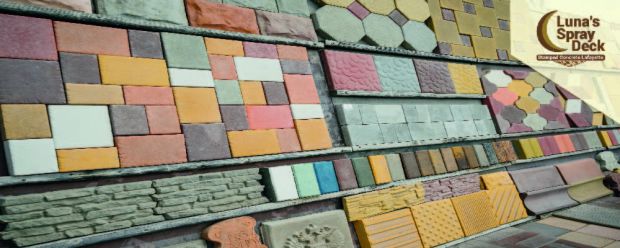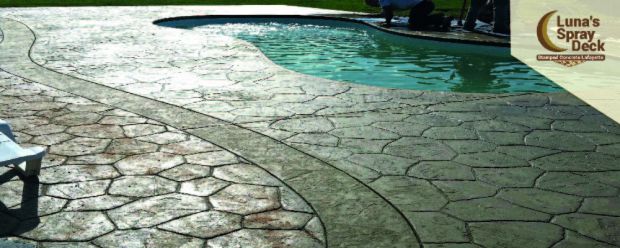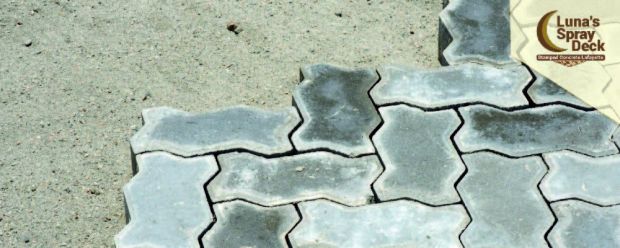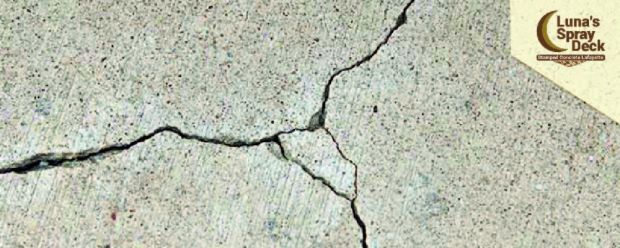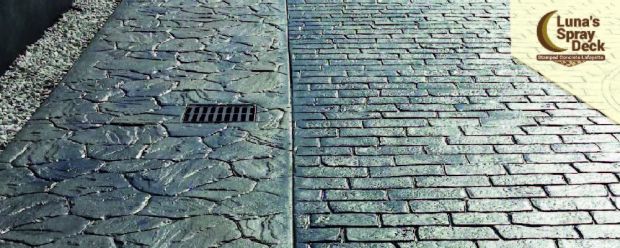BLOG
Pigmentation in cements and concretes
Some professionals call "colorant" (soluble substance) the product that colors the mortar when we make stamped concrete, but in reality, the technical description is pigment (insoluble substance).
There is a wide range of products for coloring cement and concrete, which in turn adds complexity when it comes to obtaining a specific color. You always have to carry out preliminary tests to see the final result or we can get a good scare and not get the color that the client wants.
YOU ALWAYS HAVE TO PERFORM PRIOR COLOR TESTS TO SEE THE FINAL RESULT
Pigments can be natural or artificial. They usually go with colors from organic green, blue, yellow and red ideal for interiors and, black, red, yellow, gray, brown, inorganic green and blue for exterior.
Organic pigments are not stable due to their sometimes greater reactivity (high resistance to alkalis is needed - cement and lime are alkaline in nature), due to their small particle size, resistance to solar radiation or their low resistance out in the open.
For patterned floors in construction and construction, artificial - inorganic ones are normally used and within this palette, the most recommended are synthetic iron oxides.
To color the cementitious products that we will use outdoors we have limitations that mark the different shades of the pigments that we can use.
Source: ovacen
Pool Decks, Patios, Walkways, Driveways, Entry Ways, Garage Epoxy, Faux Wood Concrete Overlay, Wood Plank, Mastic Joints, Custom Stamped

